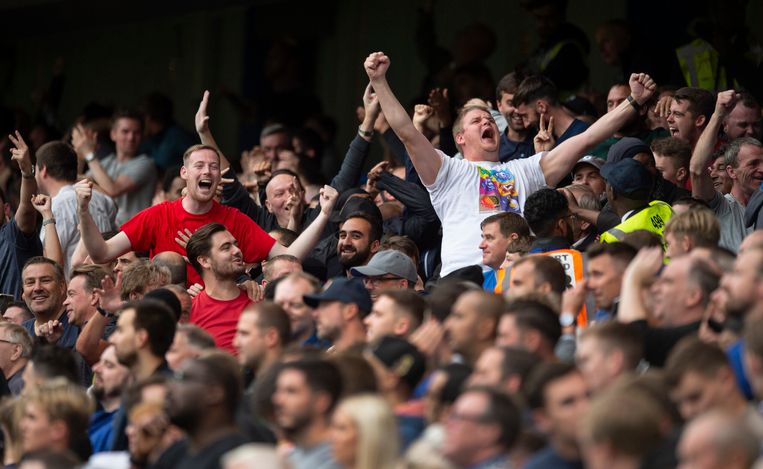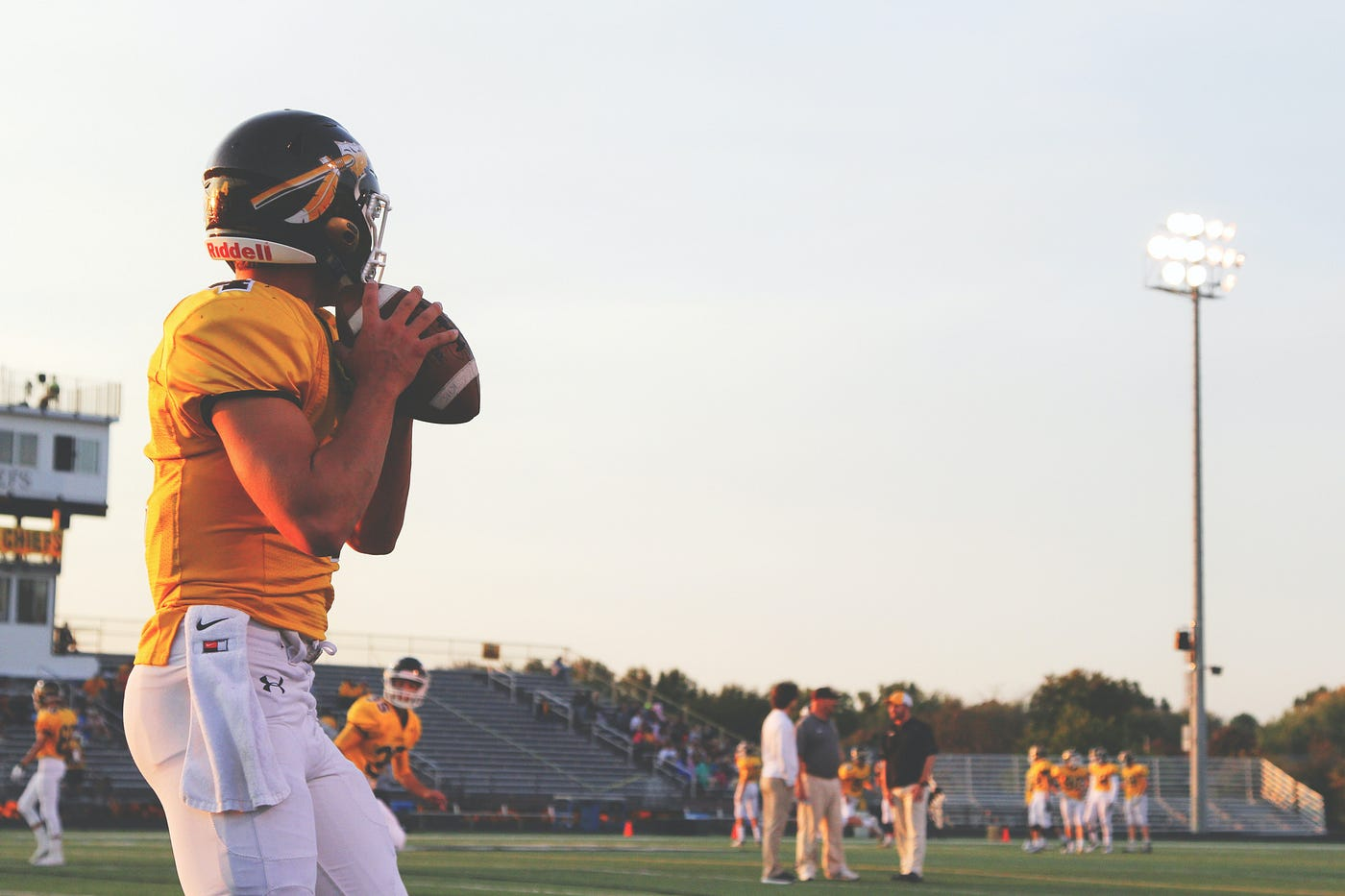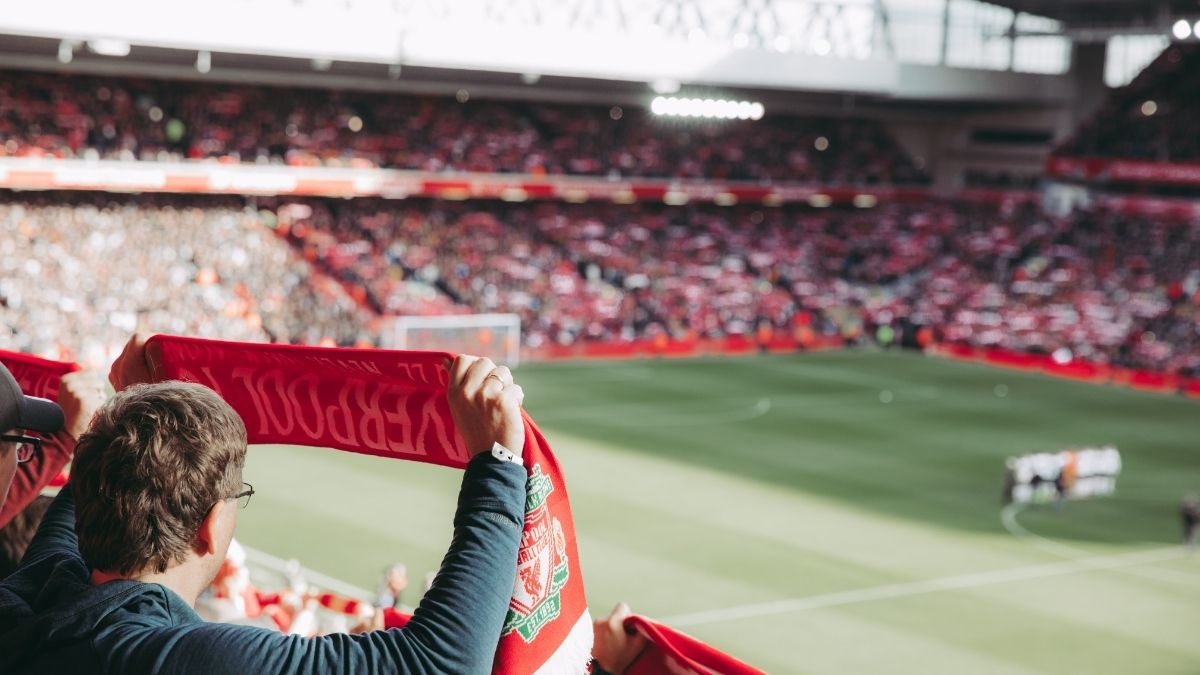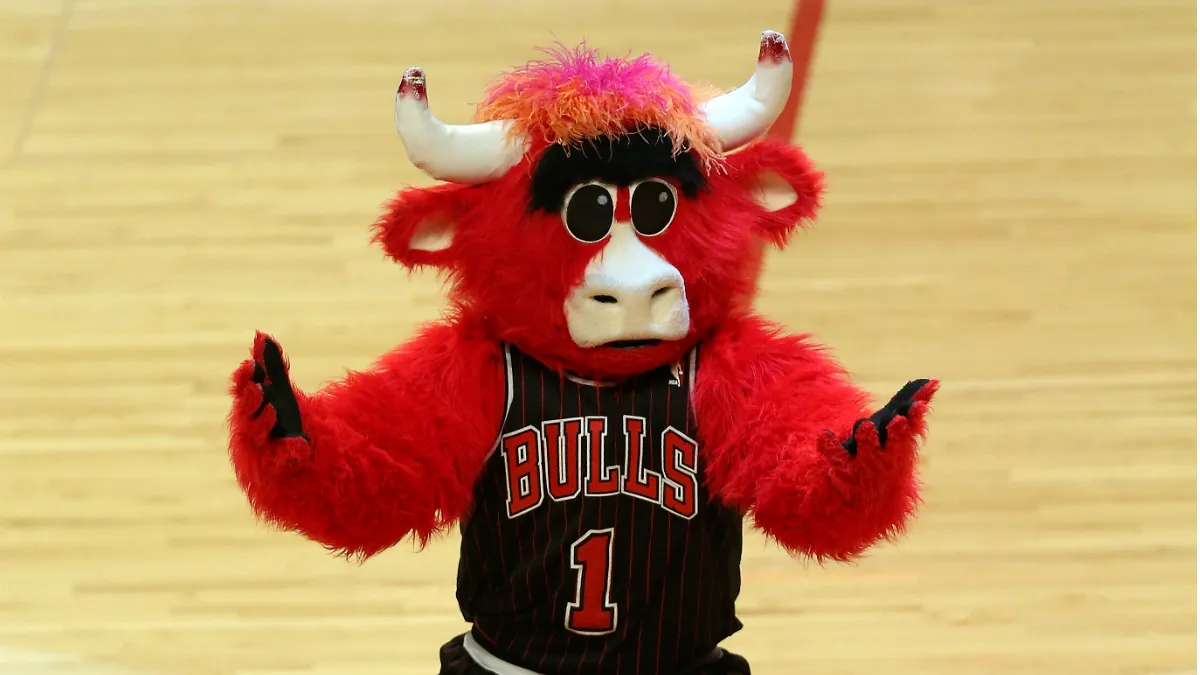Fan rivalries are not just about cheering on one team and hating another — they’re a powerful force that shapes identities, communities, and the experience of sport itself. Psychology researchers explain that rivalries tap into deep-seated social-identity mechanisms: we align with a “we,” defining our group (our team) and often contrasting it with “them” (the rival). Geographic proximity, shared history, and competition for limited resources all heighten this dynamic.
Beyond the stands, rivalries influence how fans behave online and offline. Studies show that strong rivalries can affect not only attendance and viewership, but also fan engagement on social media—how people post, voice allegiance, and even vilify rivals. For sports organisations and marketers, this has become a strategic asset. Rivalry-driven engagement is instrumental in driving merchandise sales, themed matches, and fan activation campaigns.
However, as friendships, community and respect underpin healthy fandom, sports culture is evolving. Clubs and leagues are increasingly promoting positive rivalry narratives—encouraging competition that uplifts rather than divides. Fans today are called upon not only to pick a side, but to embrace the game’s essence: passion, tradition and connection. Rivalries, when guided by respect and shared humanity, can enhance the sporting experience and build lasting fan communities.






